| Programme annuel & rapport de suivi technique |
-
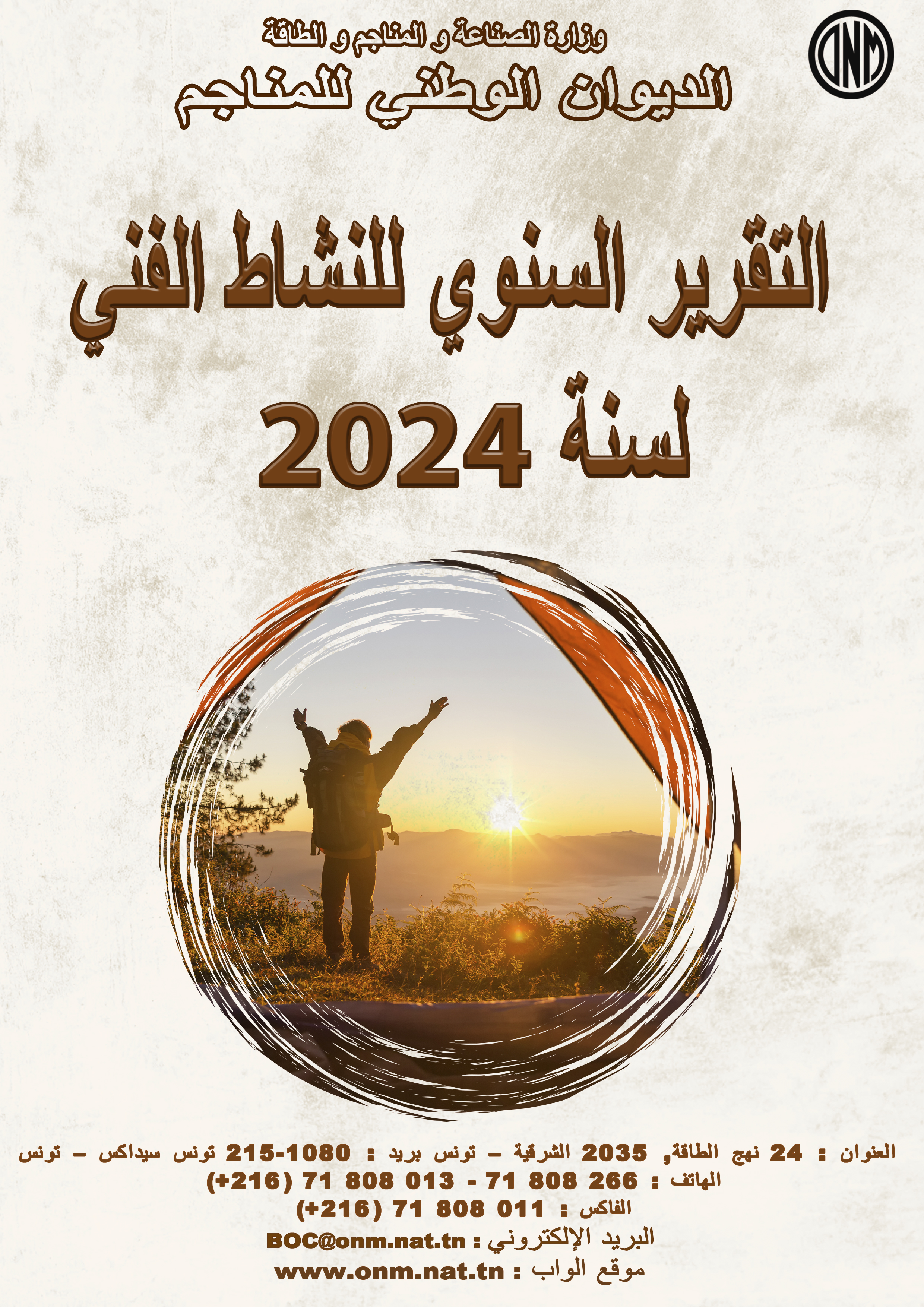
Rapport d'activités 2024
-
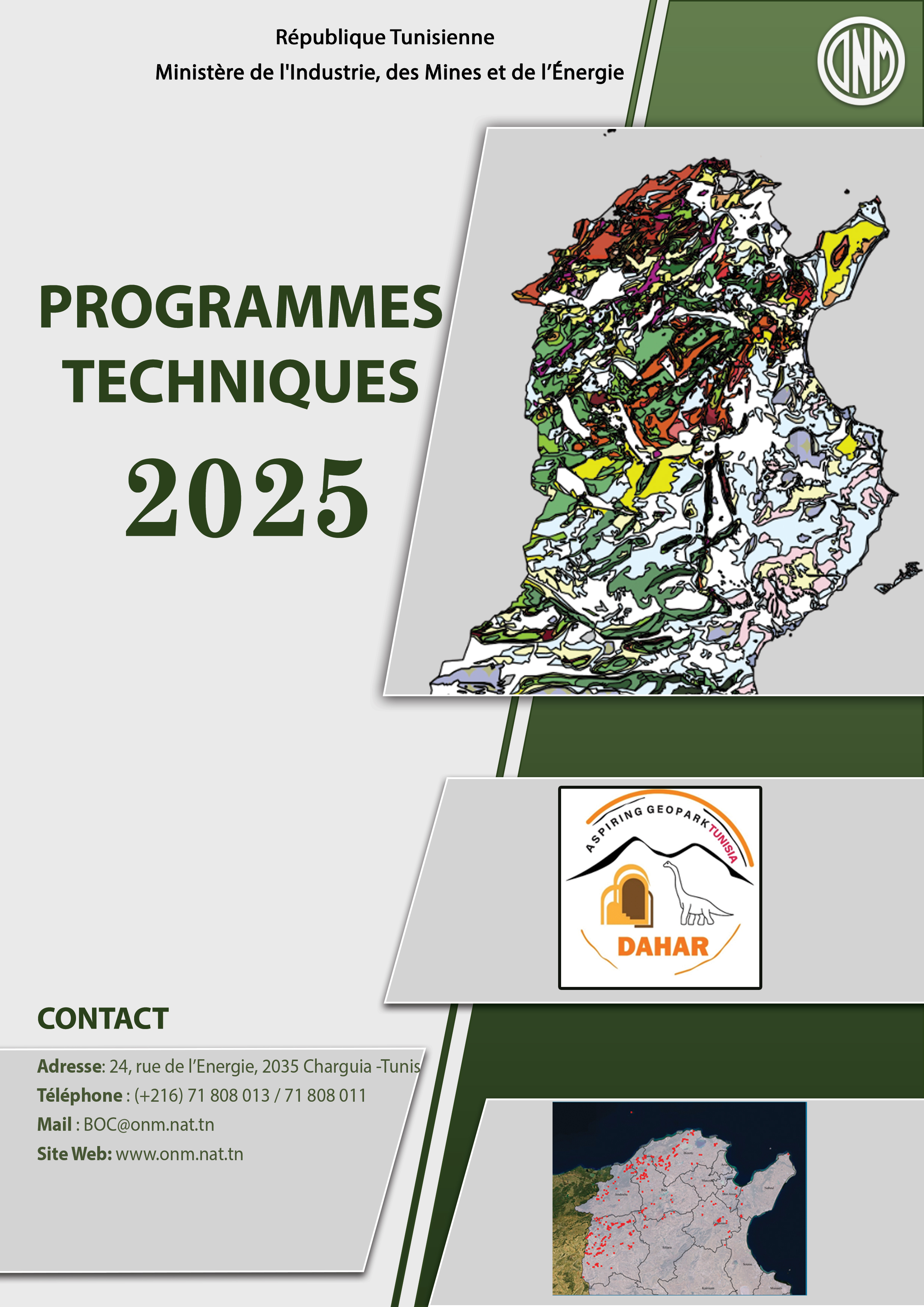
Programmes Techniques 2025
|
| Géocatalogue |

|
| Appels d'Offres |
-
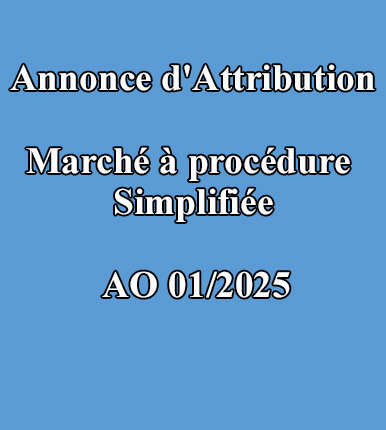
Annonce d'attribution Marché à procédure simplifiée AO01/2025
-
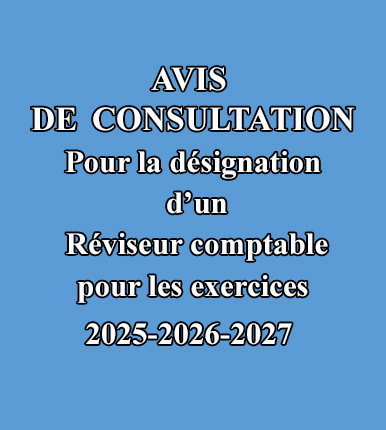
DESIGNATION D’UN REVISEUR COMPTABLE POUR LES EXERCICES 2025-2026-2027
|
|
Investir en Tunisie |
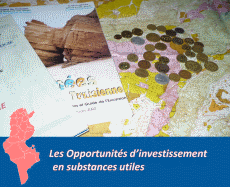
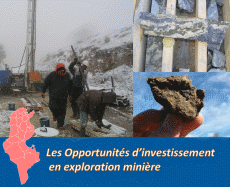
|
|
|
|
|
::
Documentation and Editions
>>
Research library
|
| |
|
[
Search by author
]
[
Search keyword
]
[
Search by index
]
[
Search by category
]
|
title of the reference :
|
Gravity and aeromagnetic constraints on the extent of Cenozoic volcanic rocks within the Nefza-Tabarka region, northwestern Tunisia.
|
|
Publication Date:
|
2003
|
|
Author :
|
Jallouli Chokri, Mickus K., Turki Mohamed Moncef, Rihane Chedly
|
|
Catalogue type :
|
Livre
|
|
Catalogue reference :
|
N°122 Journal of Volcanology and Geothermal Research N°122 Gravity and aeromagnetic constraints on the extent of Cenozoic volcanic rocks within the Nefza-Tabarka region, northwestern Tunisia. Bouguer gravity and aeromagnetic data are analyzed to determine the extent of Miocene magmatism in the Nefza and Tabarka regions of northwestern Tunisia. Construction of magnetic intensity and enhanced analytic signal (EAS) maps indicated the existence of at least two regions containing probable subsurface igneous bodies that correlate to the small scattered igneous outcrops in the Nefza and Tabarka regions. Because of the lack of lateral resolution of the EAS techniques, 3-D magnetic and 2,5-D gravity models were constructed over the anomalies at Nefza and Tabarka. The final models indicate that the maximum depths of the igneous bodies are between 2,5 and 2,7 Km with maximum widths between 15 and 22 km. The final models also indicate that the bodies are tabular with a combination of laccolithic and lopolithic shapes and were probably emplaced in the shallow levels of the crust (at least 3 km). These widths greatly expand the region of known Miocene magmatism in northwestern Tunisia. Combined with geochemical and petrological data of the surface volcanic rocks, the gravity and magnetic models imply a wider range of Miocene volcanic activity in northern Tunisia, probably related to a subduction zone. référ. bibliogr. Cénozoique ; gravimétrie ; magmatisme ; roche volcanique ; Tunisie ; Tunisie nord Occidentale ; Tabarka ; Nefza Mickus K. Turki Mohamed Moncef Rihane Chedly Jallouli Chokri Géologie structurale
|
|
Indexation decimale :
|
Géologie structurale
|
|
Keywords :
|
Cénozoique ; gravimétrie ; magmatisme ; roche volcanique ; Tunisie ; Tunisie nord Occidentale ; Tabarka ; Nefza
|
|
Summary :
|
Bouguer gravity and aeromagnetic data are analyzed to determine the extent of Miocene magmatism in the Nefza and Tabarka regions of northwestern Tunisia. Construction of magnetic intensity and enhanced analytic signal (EAS) maps indicated the existence of at least two regions containing probable subsurface igneous bodies that correlate to the small scattered igneous outcrops in the Nefza and Tabarka regions. Because of the lack of lateral resolution of the EAS techniques, 3-D magnetic and 2,5-D gravity models were constructed over the anomalies at Nefza and Tabarka. The final models indicate that the maximum depths of the igneous bodies are between 2,5 and 2,7 Km with maximum widths between 15 and 22 km. The final models also indicate that the bodies are tabular with a combination of laccolithic and lopolithic shapes and were probably emplaced in the shallow levels of the crust (at least 3 km). These widths greatly expand the region of known Miocene magmatism in northwestern Tunisia. Combined with geochemical and petrological data of the surface volcanic rocks, the gravity and magnetic models imply a wider range of Miocene volcanic activity in northern Tunisia, probably related to a subduction zone.
|
|
Exemplaries :
|
TU2162
|
|
|
|
|
|
|
|



